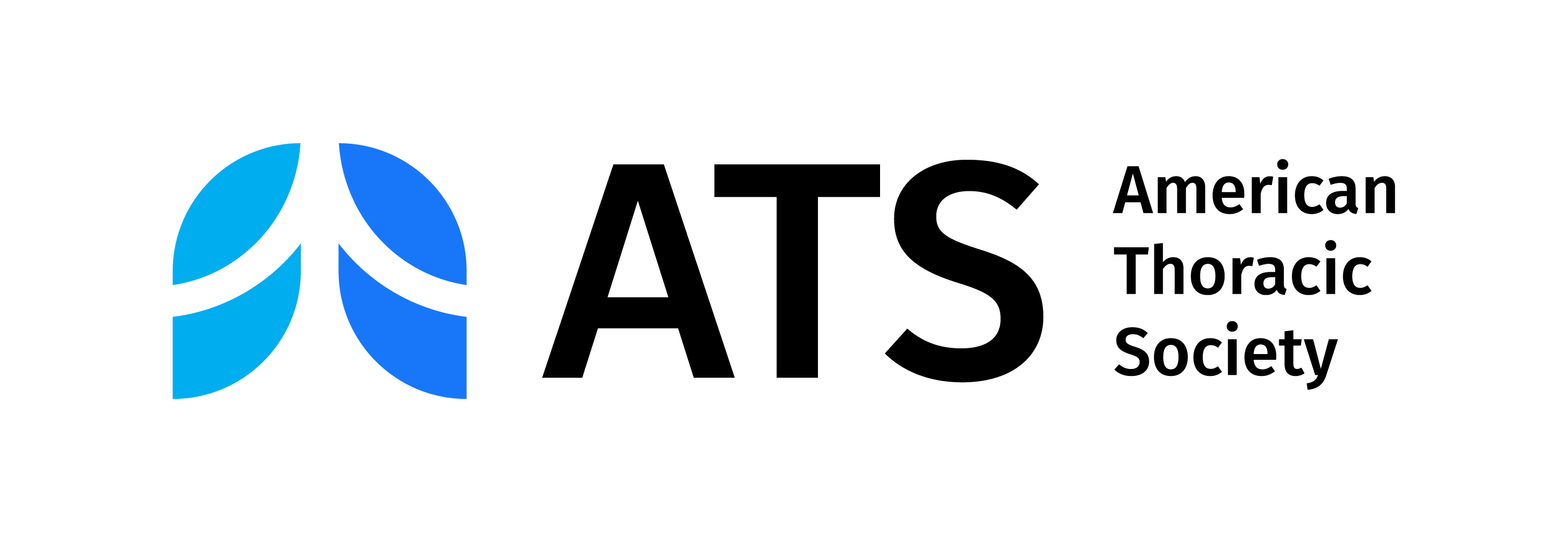American Thoracic Society Journal News Tips for September
American Thoracic Society (ATS)1) Journal article shows that cat ownership is protective for children against asthma; 2) Examined 11 years after the Lung Health Study began, continuing smokers demonstrated lung function levels believed to represent moderate to severe chronic obstructive pulmonary disease.
